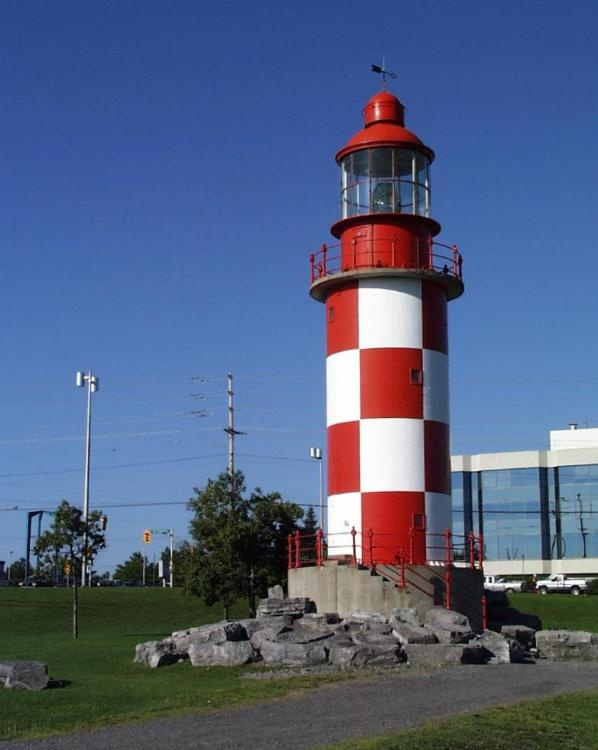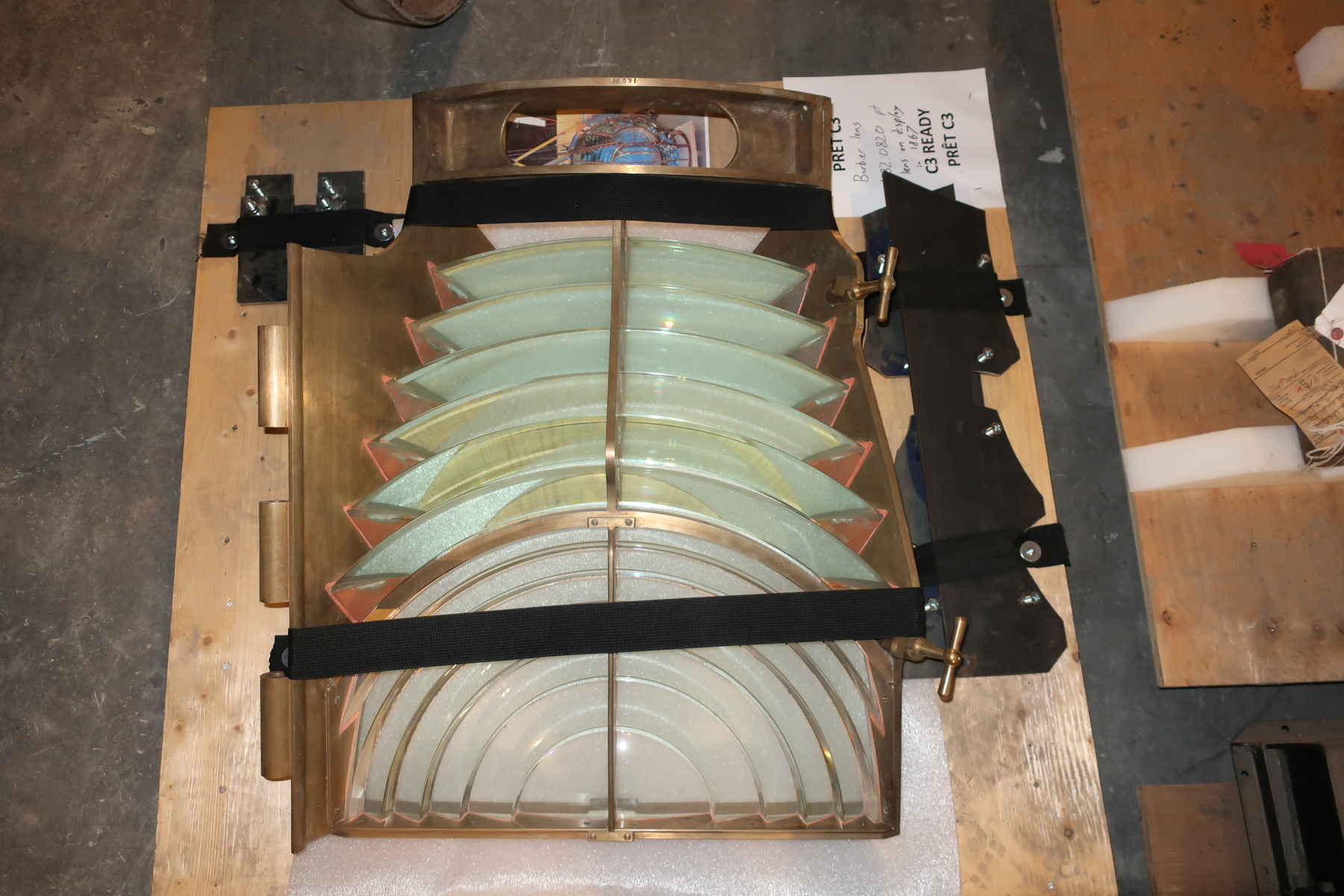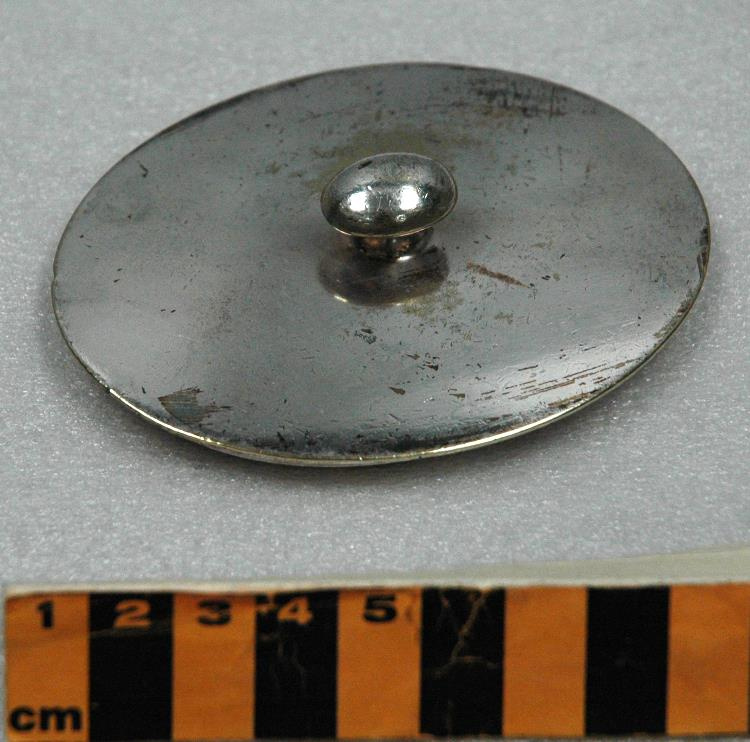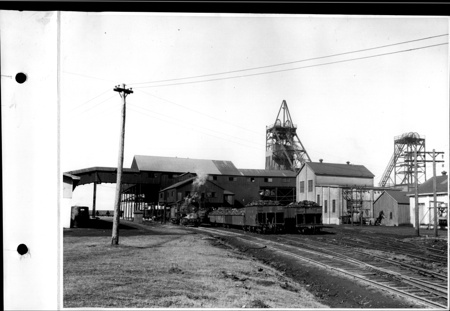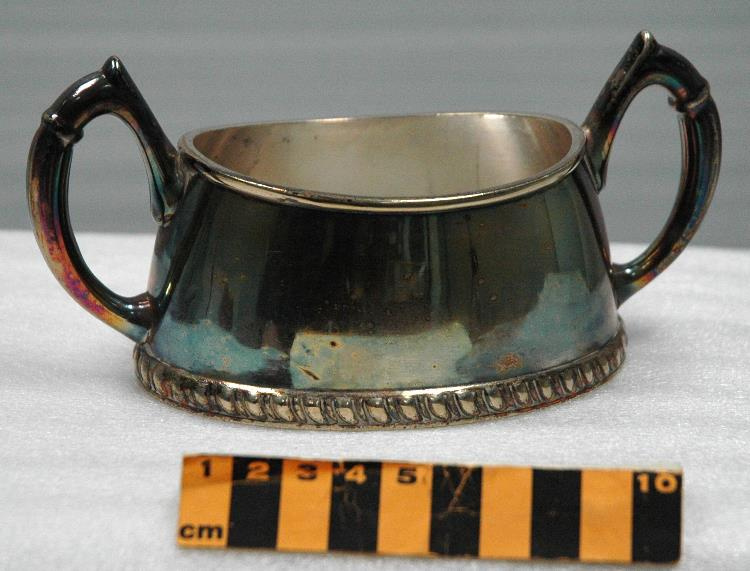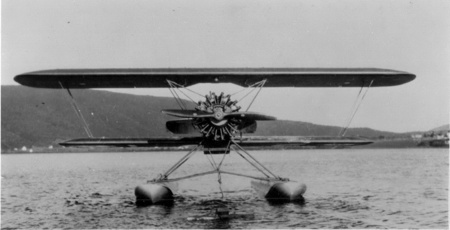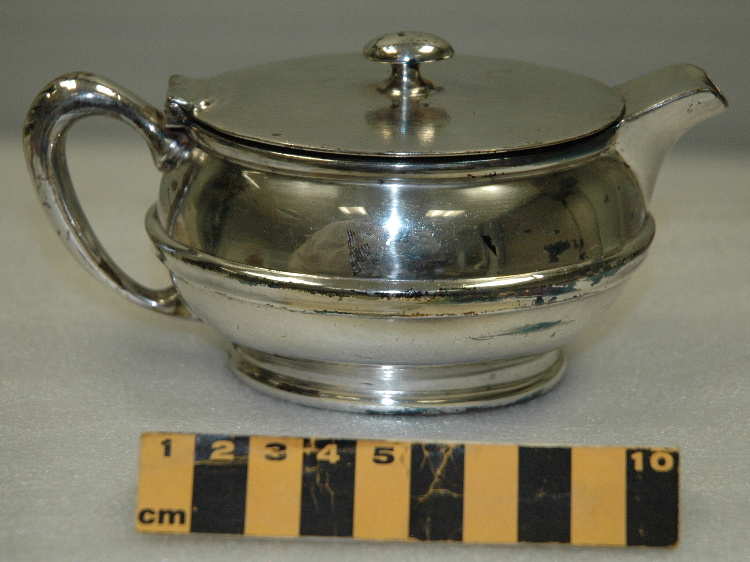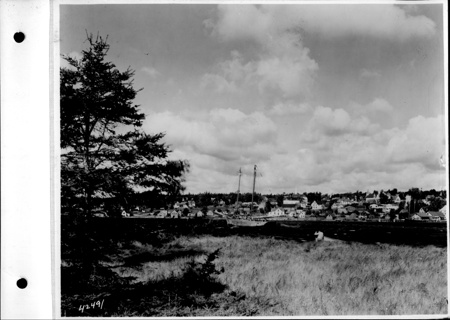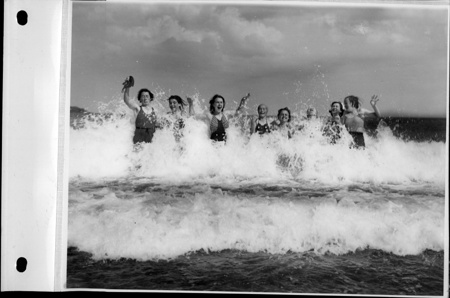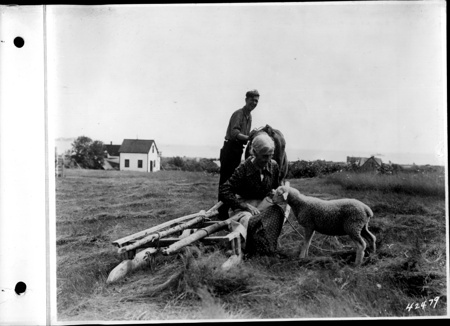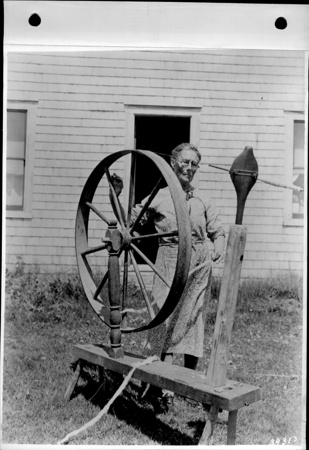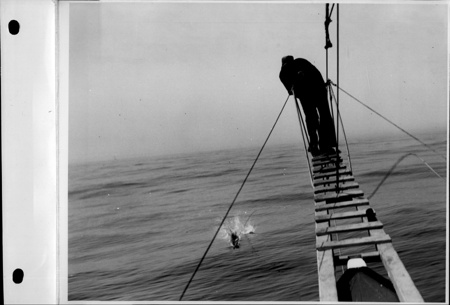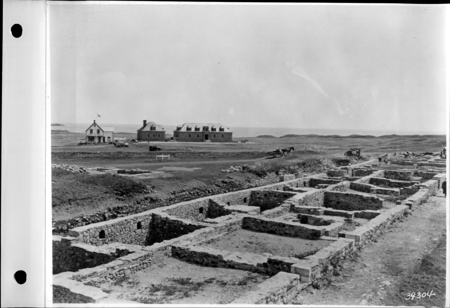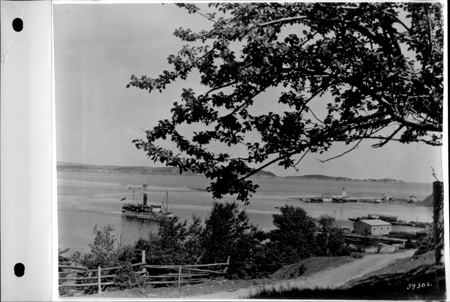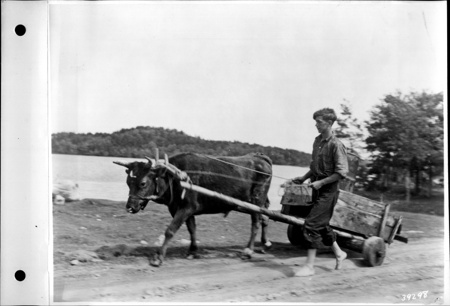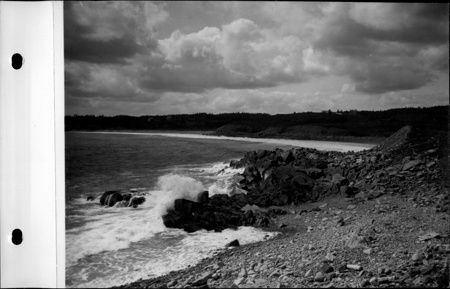Weight
Use this image
Can I reuse this image without permission? Yes
Object images on the Ingenium Collection’s portal have the following Creative Commons license:
Copyright Ingenium / CC BY-NC-ND (Attribution-NonCommercial 4.0 International (CC BY-NC 4.0)
ATTRIBUTE THIS IMAGE
Ingenium,
1980.0768.004
Permalink:
Ingenium is releasing this image under the Creative Commons licensing framework, and encourages downloading and reuse for non-commercial purposes. Please acknowledge Ingenium and cite the artifact number.
DOWNLOAD IMAGEPURCHASE THIS IMAGE
This image is free for non-commercial use.
For commercial use, please consult our Reproduction Fees and contact us to purchase the image.
- OBJECT TYPE
- disc
- DATE
- 1908
- ARTIFACT NUMBER
- 1980.0768.004
- MANUFACTURER
- Unknown
- MODEL
- Unknown
- LOCATION
- Unknown
More Information
General Information
- Serial #
- N/A
- Part Number
- 4
- Total Parts
- 11
- AKA
- Counterweight
- Patents
- N/A
- General Description
- Ferrous metal disc weights
Dimensions
Note: These reflect the general size for storage and are not necessarily representative of the object's true dimensions.
- Length
- N/A
- Width
- N/A
- Height
- N/A
- Thickness
- N/A
- Weight
- N/A
- Diameter
- N/A
- Volume
- N/A
Lexicon
- Group
- Marine Transportation
- Category
- Communications
- Sub-Category
- N/A
Manufacturer
- AKA
- Unknown
- Country
- Unknown
- State/Province
- Unknown
- City
- Unknown
Context
- Country
- Canada
- State/Province
- Nova Scotia
- Period
- 1908-1980
- Canada
-
This lighthouse originally operated at Cape Race, Newfoundland, from 1856 to 1907. In 1908 it was dismantled and moved to Money Point at Cape North on Cape Breton Island, when it remained in service until 1980. The first lighthouse in Canada was erected on Cape Breton Island, at Louisburg in 1731. - Function
-
Unknown - Technical
-
Technologically very interesting, being of cast iron, modular construction, a 19th c. technique which was suited to the circumstances & location. Beacon machinery altered for museum use, but many traces of the original clock-work and oil-burning technology employed to operate the light remain. Revolving and flashing systems of light were introduced around the end of the 18th century to help distinguish one lighthouse from another. By 1890 the revolving light mechanisms were floated in mercury and driven by clockwork with great weights, which were wound up by the keeper at 2- to 4-hour intervals. The mercury floating system allowed bigger lamps to be used without having the friction problem. - Area Notes
-
Unknown
Details
- Markings
- N/A
- Missing
- Unknown
- Finish
- Black metal disc weights and hook
- Decoration
- N/A
CITE THIS OBJECT
If you choose to share our information about this collection object, please cite:
Unknown Manufacturer, Weight, circa 1908, Artifact no. 1980.0768, Ingenium – Canada’s Museums of Science and Innovation, http://collection.ingeniumcanada.org/en/id/1980.0768.004/
FEEDBACK
Submit a question or comment about this artifact.
More Like This
